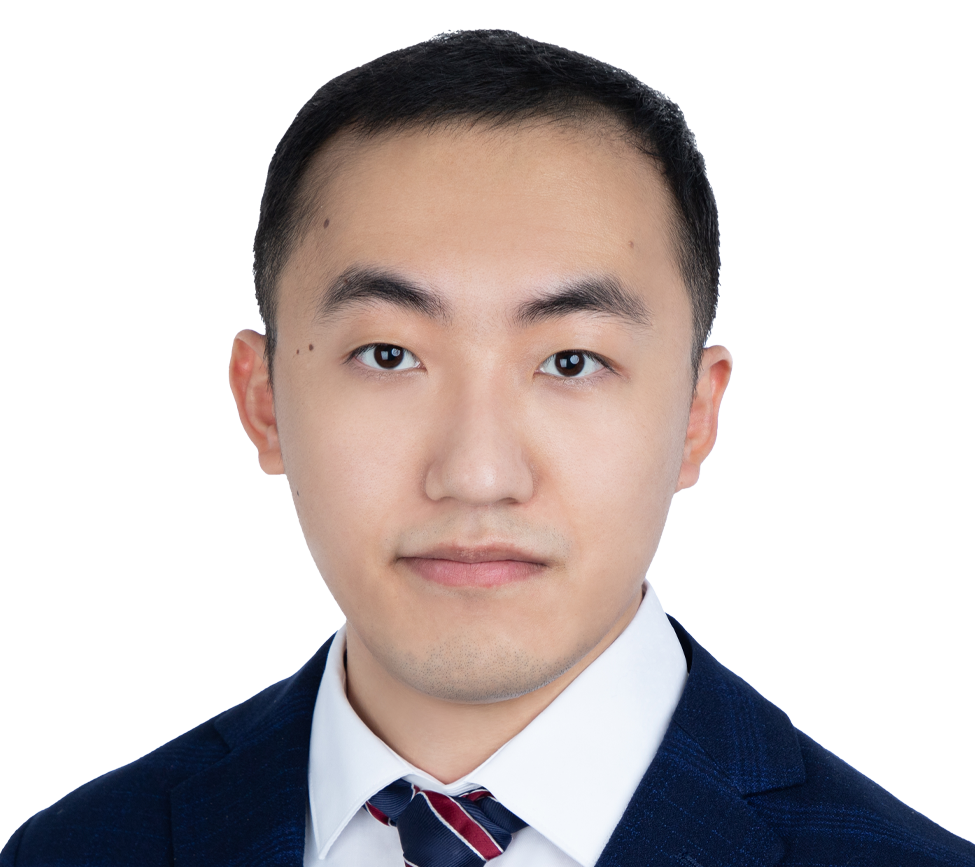

- Ph.D., Mechanical Engineering, McGill University, 2022
- M.E., Materials Processing Engineering, Harbin Institute of Technology, 2017
- B.Eng., Materials Processing Engineering, Nanchang University, China, 2015
- McGill Engineering Doctoral Awards, McGill University, 2017-2020
- Fonds de recherche du Québec-Nature et technologies Doctoral Research Scholarship, Québec Government, 2020-2022
- American Chemical Society (ACS), Member
Dr. Siyu Liu has a multidisciplinary background in mechanics, materials science, and manufacturing. He has over six years of research experience in graphene oxide (GO), composites, and metals. His area of expertise is on nanomaterials fabrication, mechanical properties, microstructure and surface chemistry characterizations, and optimization of processing methods. Dr. Liu is proficient in mechanical tests of solid materials, including standard tests with tensile, flexural, compression, and shear loading conditions, non-standard tests on nonplanar structures, and in-situ strain measurement using digital image correlation. He is skilled in characterization techniques such as scanning electron microscopy (SEM), energy dispersive X-ray spectroscopy (EDS), Fourier-transform infrared spectroscopy (FTIR), X-ray photoelectron spectroscopy (XPS), thermogravimetric analysis (TGA), and contact angle measurement. He also has experience with manufacturing techniques, including metal forming, 3D printing, and high-resolution laser cutting. With these experimental techniques and theoretical analyses, he can solve complex engineering issues related to mechanical properties and fracture, microstructural analysis, and precision and defects control for manufacturing.
Prior to joining Exponent, Dr. Liu was a Ph.D. student in the Department of Mechanical Engineering at McGill University. There he systematically studied the fabrication of GO paper-like materials by vacuum filtration and mechanical properties of GO paper under different loading conditions. He also developed processing methods, i.e., embossing and layered assembly, to make 3D structures from GO paper to satisfy new applications with desired shapes.